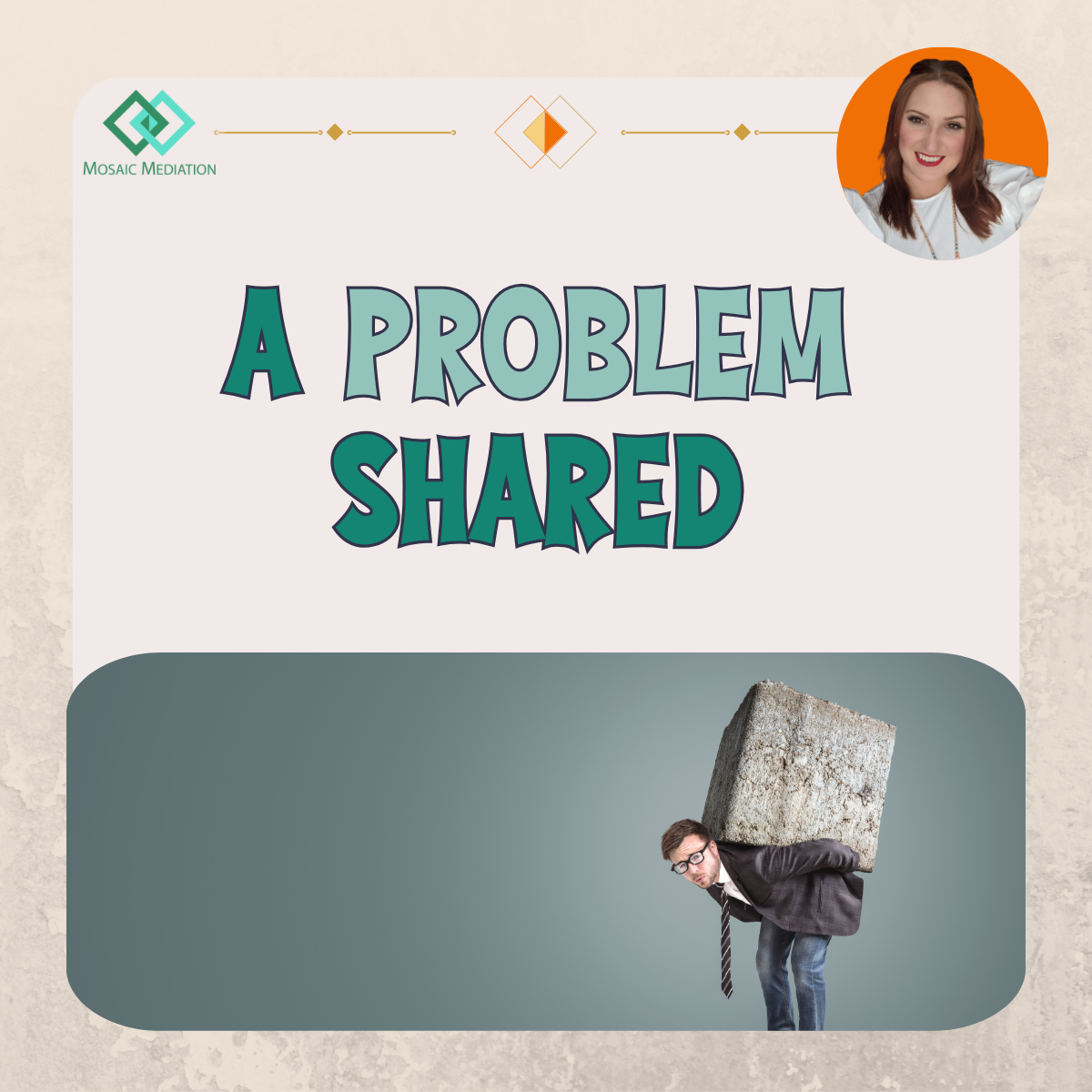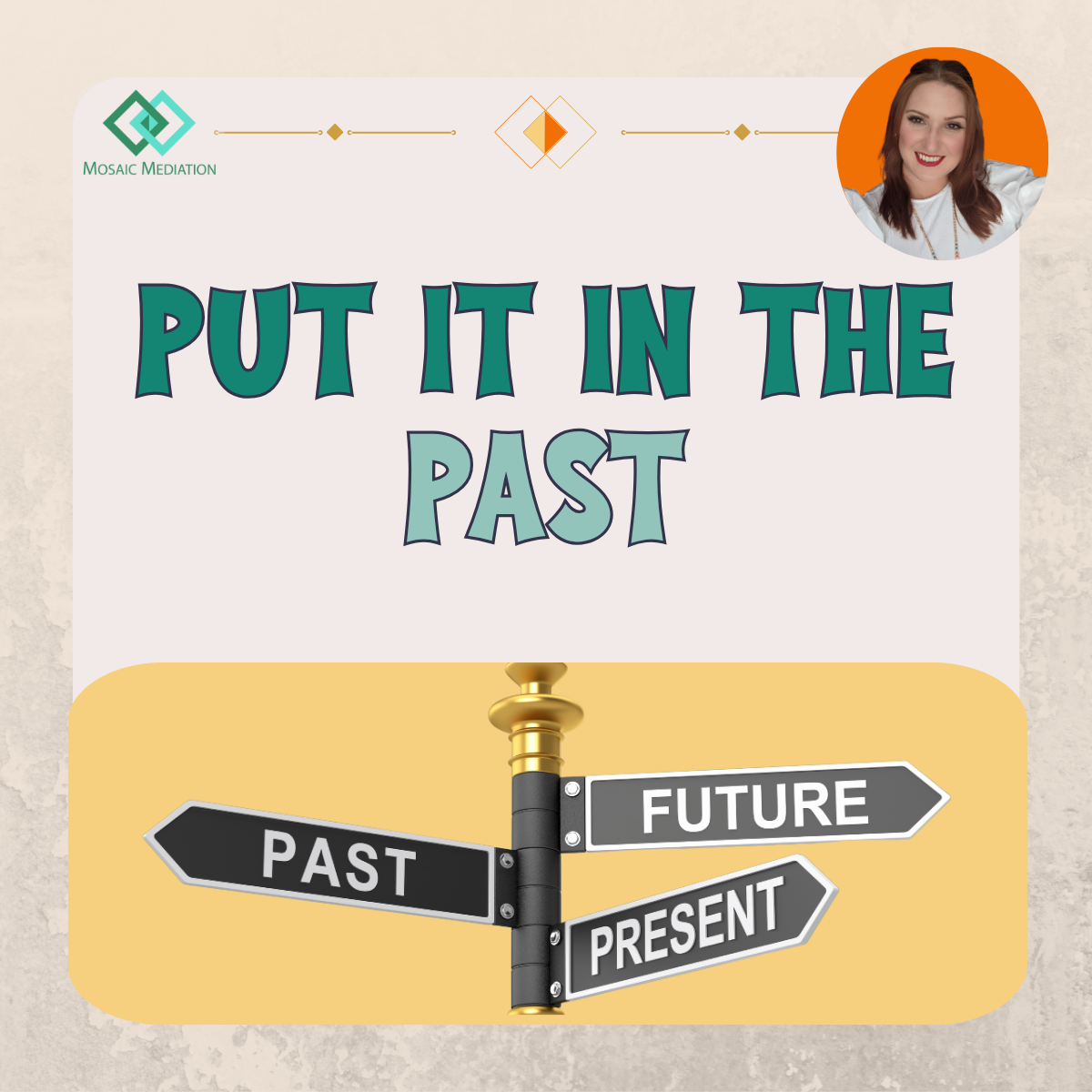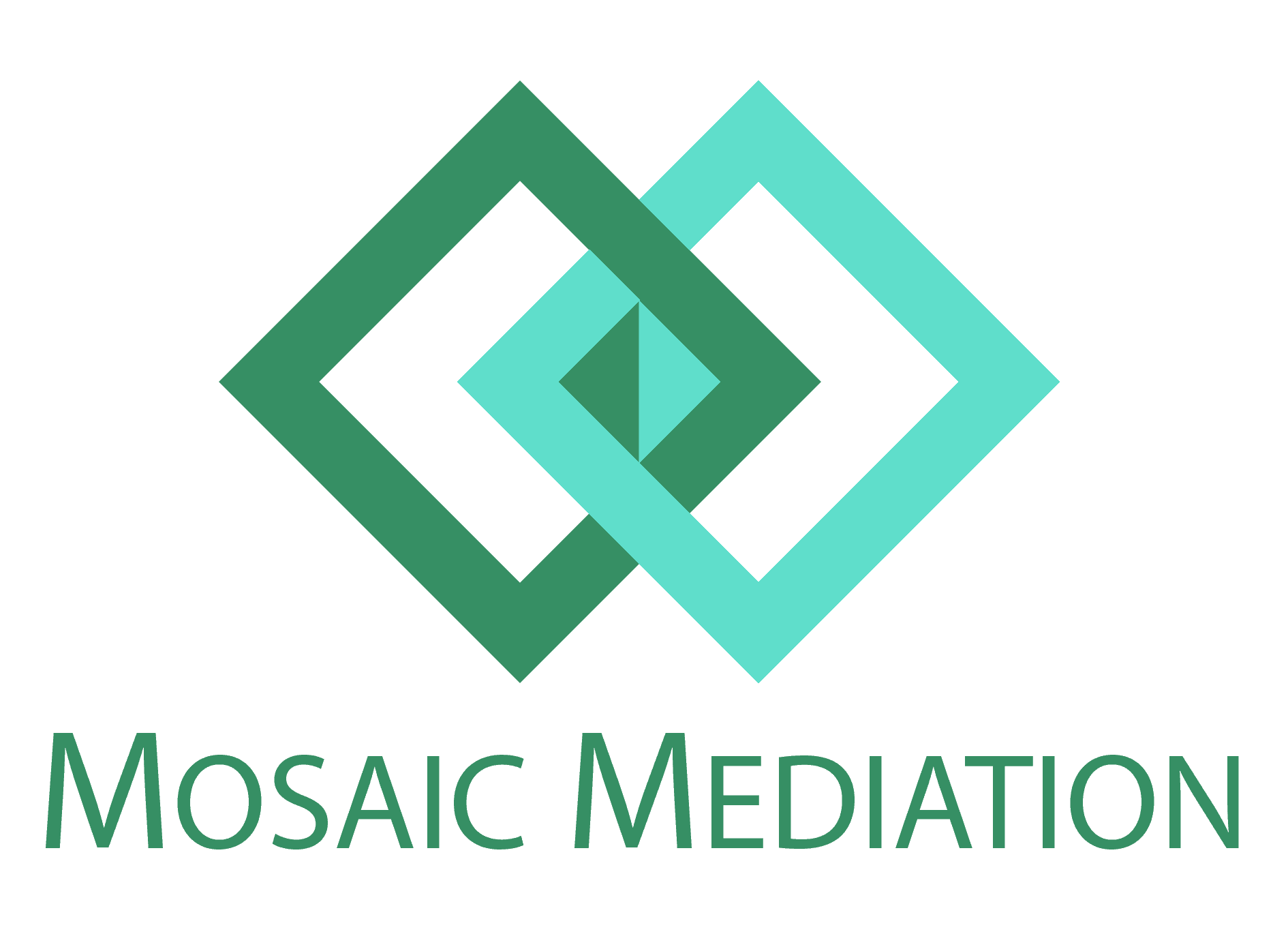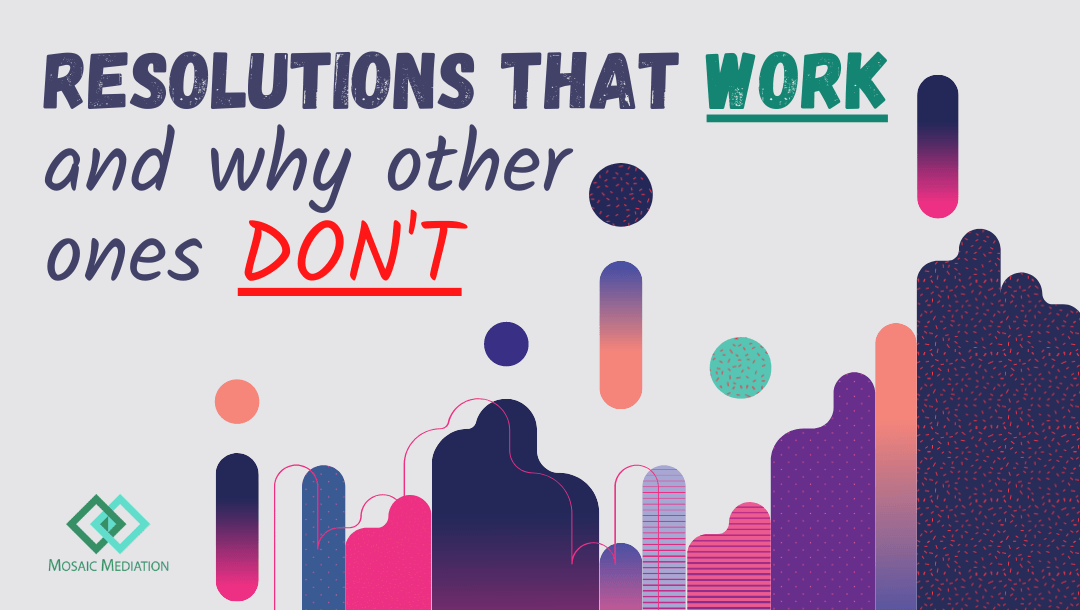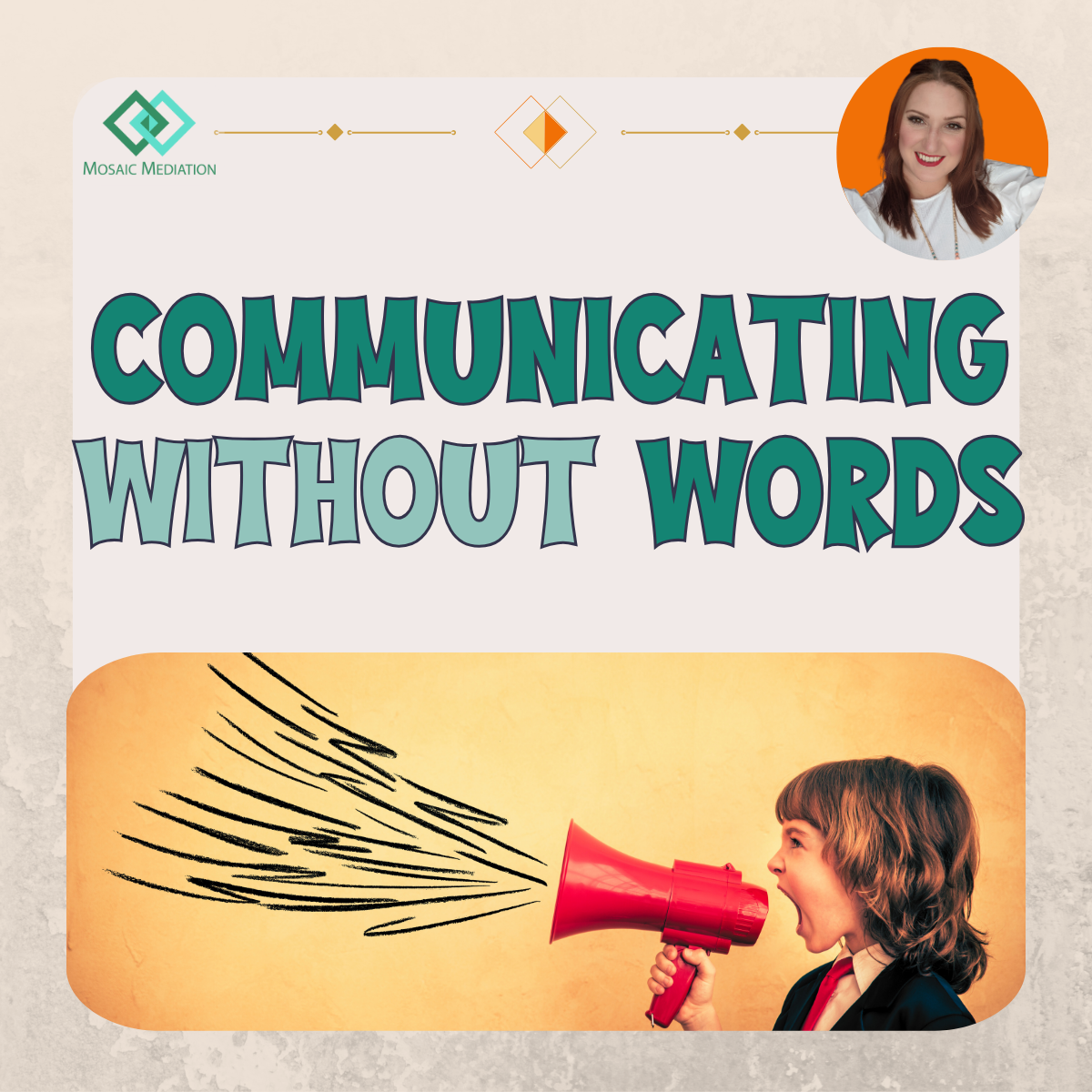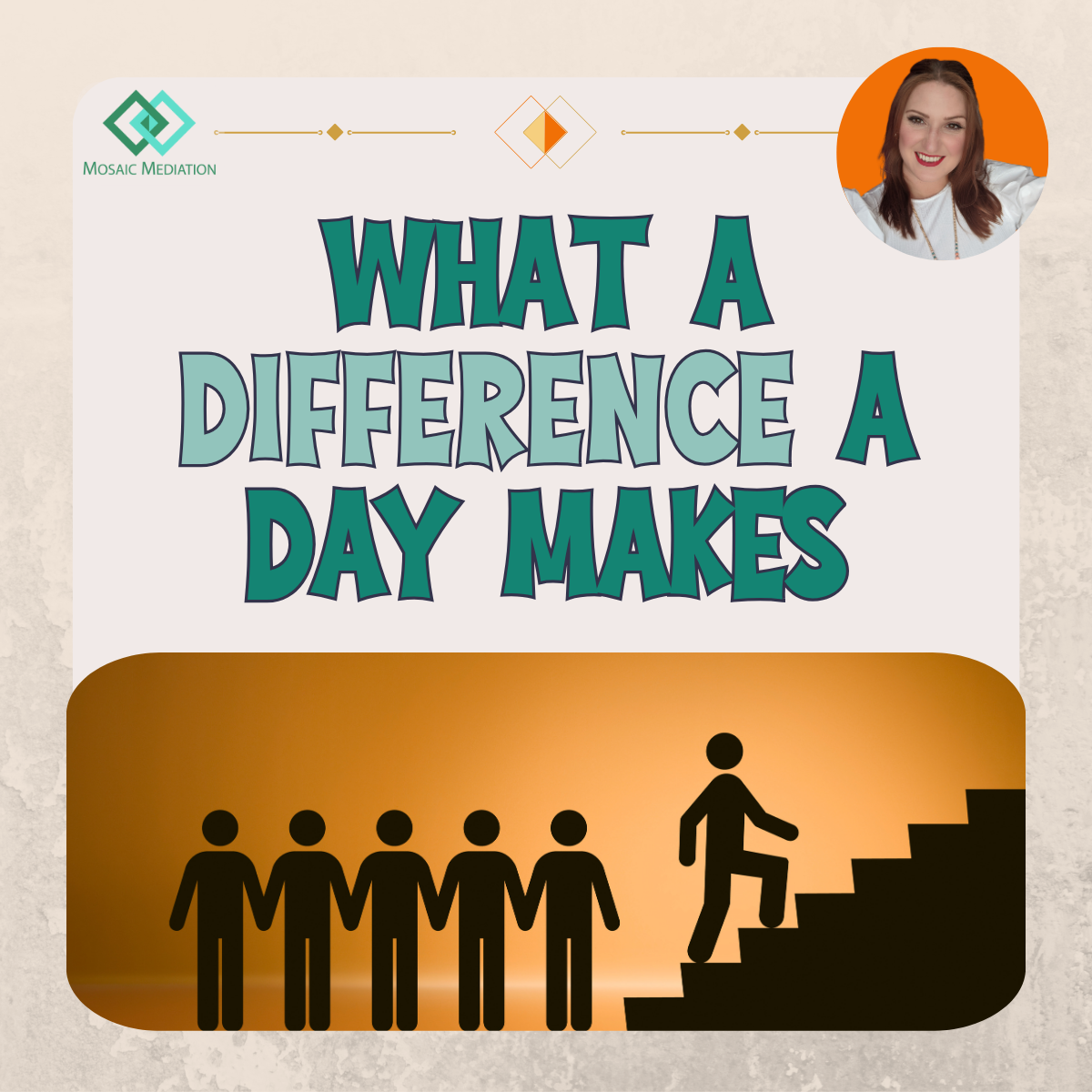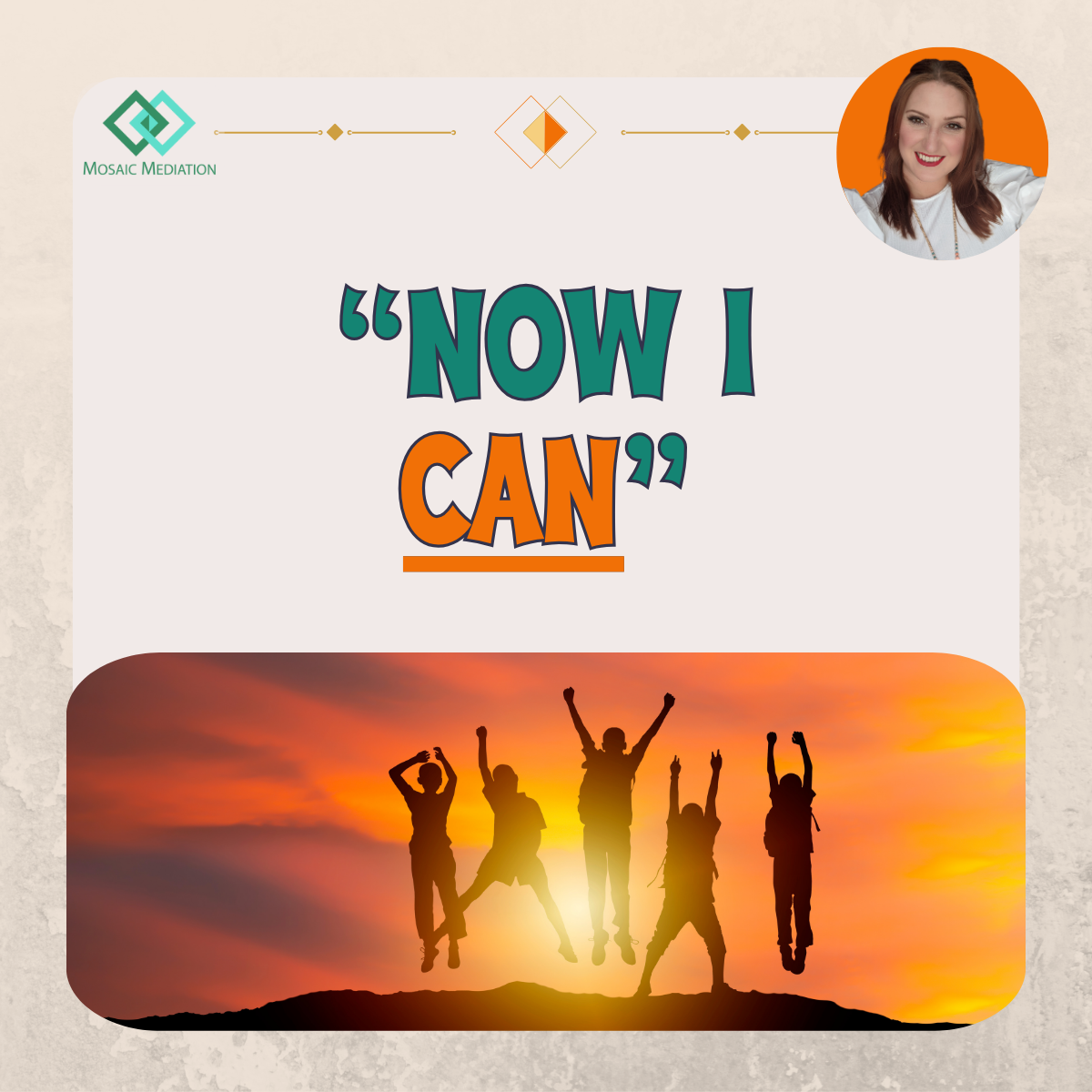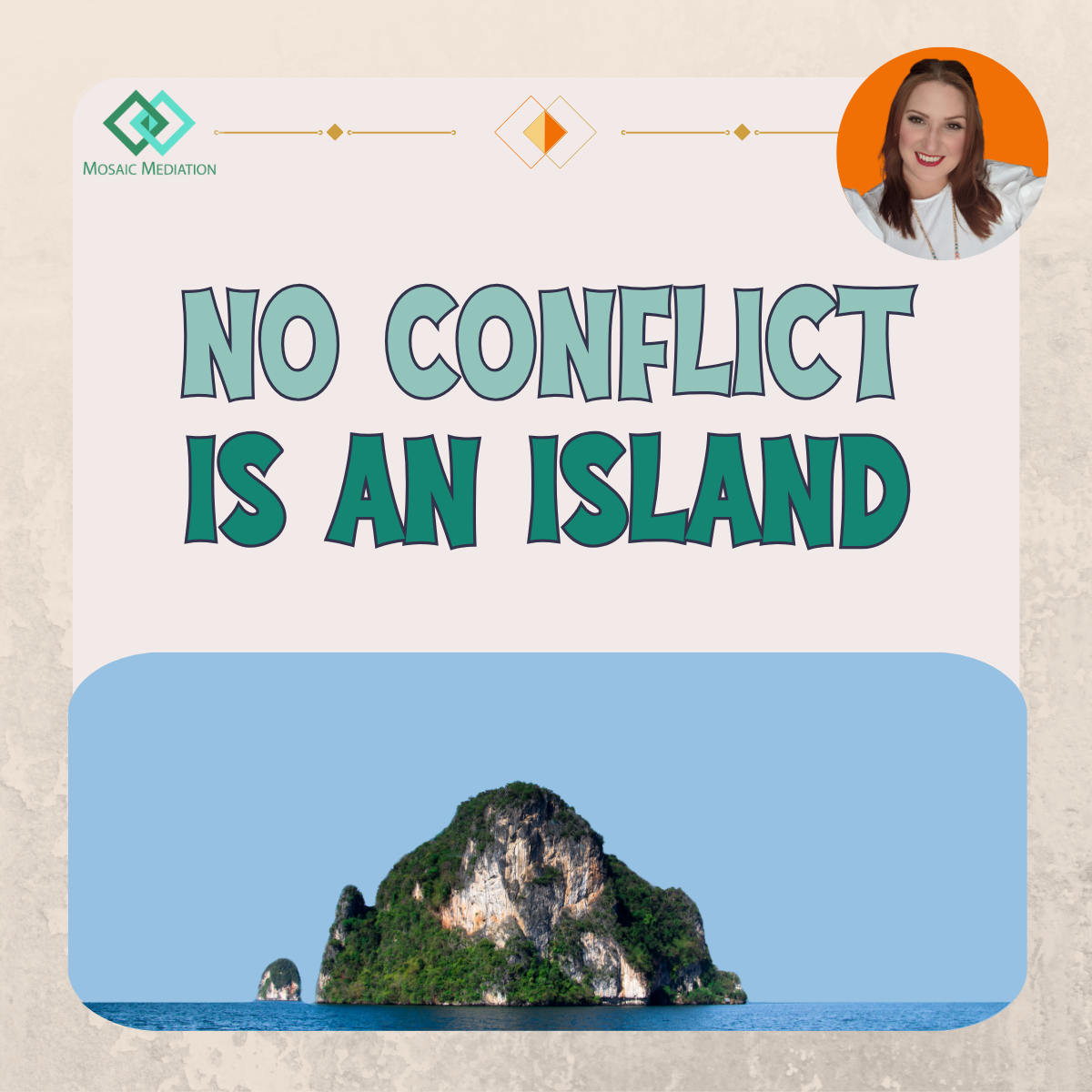Resolutions that WORK and why other ones DON'T
New Year's resolutions and conflict resolution - similarities, differences and what makes for an effective resolution?
When the very much ‘at-home’ New Year’s Eve celebrations are over, you may have started to think about what next. What you want to commit to doing differently this year. Some people are put off from making resolutions – maybe because they feel reluctant to commit to a goal they may struggle to keep; perhaps because they prefer to make changes in their own times as opposed to when society says they should; or maybe because they can’t think of one…?
I sometimes make resolutions at the beginning of the year. Other years I don’t. What I have done the past couple of years is to have a phrase for the year – provides focus rather than committing to a specific activity. So, I resolve to remember that phrase when making decisions and choices throughout the year.
Conflict resolution is a little different to New Year’s resolutions but there are many shared principles:
Resolutions normally revolve around a positive intention, so why do people find them so difficult to keep to? I would suggest that it is often due to people not having enough clarity on point 2 (knowing what you want) or figuring out the necessary steps to point 3 (what needs to happen) and whether the goal is achievable. Also, it is rare for people to have someone they appoint to keep them accountable to their resolution.
What happens if you don’t have clarity on what you want?
Your resolution may be based around a goal that you don’t really care about. Therefore, will you have enough motivation to stick to it… probably not. Clarity comes from thinking, asking yourself challenging questions to examine your true motivation, talking it through with someone who can give helpful feedback and ask helpful questions.
What happens if you don’t figure out what needs to happen to achieve what you want?
Consistency with change can feel just too challenging to keep up with – especially if obstructions or difficulties come up. Or, it becomes apparent that the target was just a bit unrealistic – at this time or due to your mindset or situation.
Many people enter the mediation process with skepticism about the fact that for workplace mediation, (unless it is a situation which requires a legal settlement agreement document to be drawn up afterwards) if people arrive at agreeing on actions going forward, it is not enforced. The whole situation is built on trust that people stick to what they resolved to do.
So what makes it possible for resolutions around conflict resolution to stick more than a typical New Year’s resolution? Because there is no rush to get to point 4. Time and energy is spent on examining, reflecting and getting clarity on all four steps. Here is how:
1. The mediator will get the participants to think through what has happened and what isn’t working. Time is spent ensuring each person has clarity about their contribution to the situation and any potential assumptions or misunderstandings that may have occurred.
2. Questions are asked and rapport is built between the mediator and participants (largely possible due to the mediator’s rapport-building skills and also the underlying principles of the mediation process being completely neutral, without prejudice and confidential). The rapport and sensitive questioning helps the participants reflect on what outcome they want from the mediation and the situation in the long-term.
3. The mediator then helps the participants pin down what needs to happen to achieve these outcomes, sometimes referred to as ‘reality-checking’:
a.Does it work for everyone involved?
b.What timeline for achieving various elements is achievable?
c.Are those actions possible within the organisation’s procedures or way of working?
d.If some of the points are ‘intentions’ rather than ‘actions’ is there anything that needs to be done/said/thought through before setting those intentions?
4. ONLY THEN… do the participants resolve to keep to what they have all agreed to in the document. Sometimes this involves the act of signing the document. Previously this could include the act of ‘shaking on it’.
What about accountability? Around 4-6 weeks later, the mediator will then also check in with the participants at various points to ensure everything is happening as agreed. If not, why not? What needs to be done to get back on track?
A lot gets achieved in the day of the mediation session but all mediators recognise that for long-term relationship challenges or behavioural/mindset patterns things take time for new ways of working, thinking and behaving to embed themselves. Often, mediations are enough to set people on a more positive way of interacting or working through a challenge. Sometimes, value is gained from further training (for the individual, team or organisation) or to follow it with one-to-one coaching with one or all of the mediation participants.
This is why the mediation process works and can lead to long-lasting positive change. Mediation provides: clarity, reflection, reality-checking and accountability. Having these elements is why mediation resolutions resolution are more likely to stick, and why alternative conflict resolution is more likely to help people have more positive, peaceful and productive working relationships – in the short-term and the long-term.
For more information on the process or benefits of workplace and employment CLICK HERE. For more information on coaching CLICK HERE. This article was written by Emma Jenkings, qualified workplace and employment mediator, and trained conflict coach. To get in touch, get in contact by emailing enquiries@mosaicmediation.co.uk or go to the Contact page HERE.
